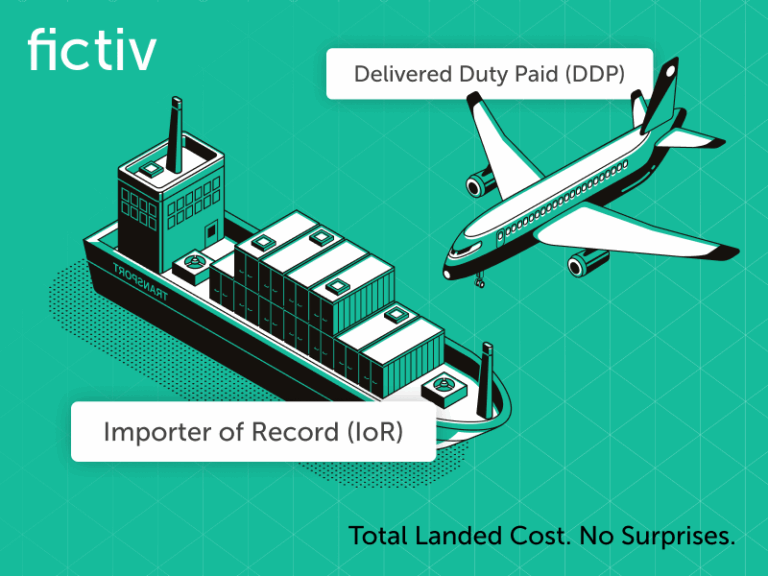Time to read: 9 min
We all know by now that supply chain disruptions are an immutable part of business in 2023 and beyond. Plenty of digital ink has been spilled discussing the various major supply chain disruptions of the past few years, so I won’t bore you by rehashing them here. Suffice it to say, building strong supply chains in the future means constructing them to withstand disruptions similar to what we’ve seen, and navigating unforeseen challenges moving forward effectively.
I’m talking about building supply chains with resilience and agility baked in. That’s easier said than done, of course, but transforming your supply chain doesn’t require starting from scratch. Digital manufacturing networks allow any company to plug into pre-built digital infrastructure that makes it easier to mitigate supply chain risks and achieve geographic diversity in their supply chain.

How does digital manufacturing accomplish these things? Well, that’s what this article is all about! But first, let me explain my background in supply chain management. I’m currently a Sr. Technical Program Manager at Fictiv, but I’ve also worked designing and building robotics products using a variety of manufacturing processes. I have managed a list of over 100 suppliers located both domestically and abroad, and have worked for multiple early-stage robotics startups doing prototyping, new product development, and low-volume/high-mix production.
In other words, I have a lot of experience sourcing parts using traditional methods, so I’m well-versed in the limitations of traditional manufacturing. To properly discuss what wonders digital manufacturing can do for your supply chain, however, we should first identify the key challenges of the traditional model.
Supply Chain Challenges in Traditional Manufacturing
Traditional manufacturing requires building (or buying) a large manufacturing plant to mass-produce the goods you need. This route requires significant capital investments in equipment for additional production or prototyping of new products. And, those capital investments aren’t the only cost — equipment operation and maintenance are the most significant expenses in the conventional model. The added labor and overhead compound the financial burden, as does the time required for employee training and developing the necessary expertise to produce quality products.
Not only that, but changeovers, preventive maintenance, and downtime slow production efforts, and small lot sizes are less efficient because of proportionally greater set-up times and tooling changes. Plus, storage space is required to hold product inventories.
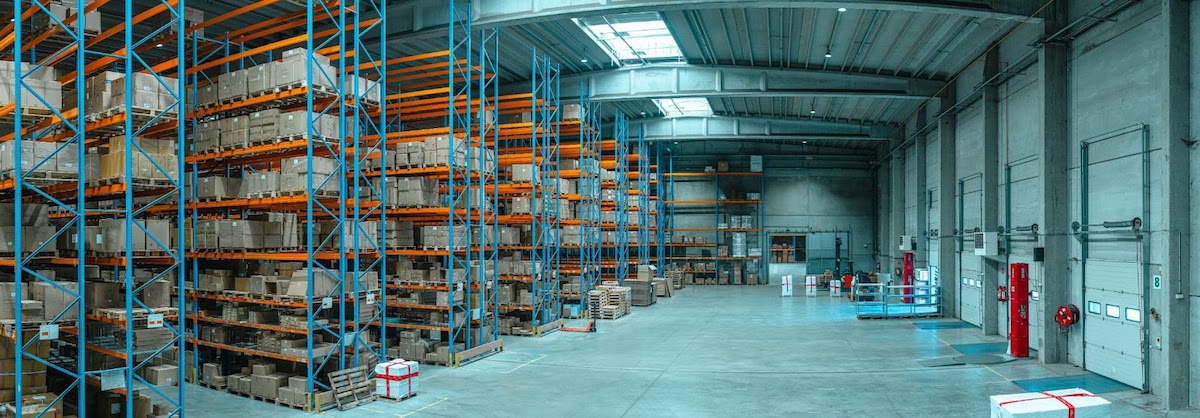
The traditional approach to supply chain management is resource intensive and wildly inefficient, too. It’s not uncommon for companies to manage 100+ suppliers across the globe, navigating logistics (including customs) delays, production disruptions, and quality assurance issues along the way. Traditional methods also require a ton of effort to find, vet, and onboard each one of those suppliers to go along with the overhead associated with managing them to ensure you’re getting quality parts.
It’s hard enough for well-established companies. For smaller companies without the ability to leverage massive buying power, simply getting the opportunity to buy the parts and materials you need is another significant challenge.
Generally speaking, a traditional setup provides little-to-no resilience or flexibility in the face of supply chain disruptions and makes developing new products difficult.
So, with that understanding of the key points of friction in the traditional manufacturing supply chain, we can dig a little deeper into the details of each issue and I’ll explain how digital manufacturing does it better.
Sourcing New Vendors
Ok, so let’s say your company is developing a new product line, and you’re tasked with building the supply chain to get that product to market. How do you find the vendors you need? Searching for and identifying candidates, as I stated above, is a time-consuming process. If you’re lucky, you can leverage existing relationships to get your parts. Most of us aren’t that lucky, however, so that means asking folks in your network for recommendations or searching the Internet — and sifting through hundreds or even thousands of possible suppliers.
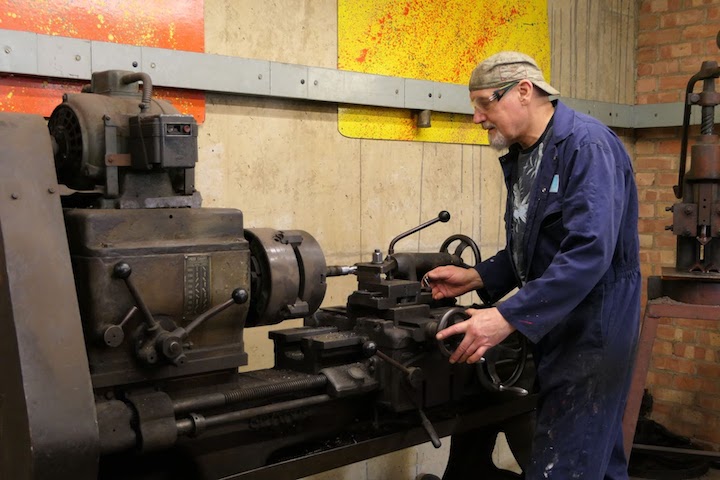
After you’ve identified a pool of candidates, you have to vet and qualify them. That usually means a lot of back-and-forth communication to understand their production and failover capabilities, and to get multiple rounds of samples to confirm the quality of their work. After that, you’ll want to do an onsite qualification to see how they do things, ensure quality, and confirm that they can produce the quantities you’ll need. Assuming everything goes perfectly (which it never does), this process is still costly and takes a lot of time. Often, you’ll find suppliers with unreliable processes and inadequate expertise.
The final step is to negotiate the terms of your engagement. This process is also time-consuming, and in many cases, you will be negotiating with little or no leverage while trying to get a favorable deal — quality suppliers are tough to come by, after all, and assuming they even have the capacity for your orders, often they don’t need your business. This is also the time to hash out how production disruptions and delays will be handled.
The Digital Manufacturing Difference
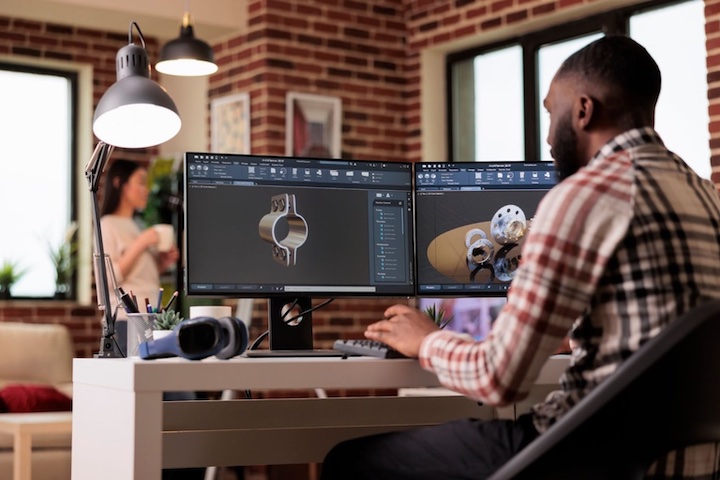
With digital manufacturing services, you offload all of this work. At Fictiv, we have established relationships with over 250 of the most skilled machinists and manufacturing facilities in the world. Our local teams vet every single one of our manufacturing partners and work closely with them to ensure quality work and timely delivery of parts. All you have to do is upload your designs, then pick your materials, manufacturing process, finishes, and part quantity. After that, your parts show up where you need them when you need them (and re-ordering only takes a few mouse clicks).
Quoting and Design Feedback
After you’ve found and contracted with your suppliers, you can start procuring parts. But traditionally, this means you must go through the quoting process with multiple suppliers, which takes days or even weeks. Plus, the turnaround times in quotes are rarely trustworthy and you’ve got to wait for all the requested quotes so you can compare them and find the best deal.
This takes a lot of time and at a high cost. Many suppliers have a minimum order quantity, which means higher upfront costs (possibly for higher quantities than you need), and low-volume orders come with higher per-unit shipping costs. Also, if you’re working with a vendor overseas, you’ll have to handle the added complexity of managing different payment methods and terms.
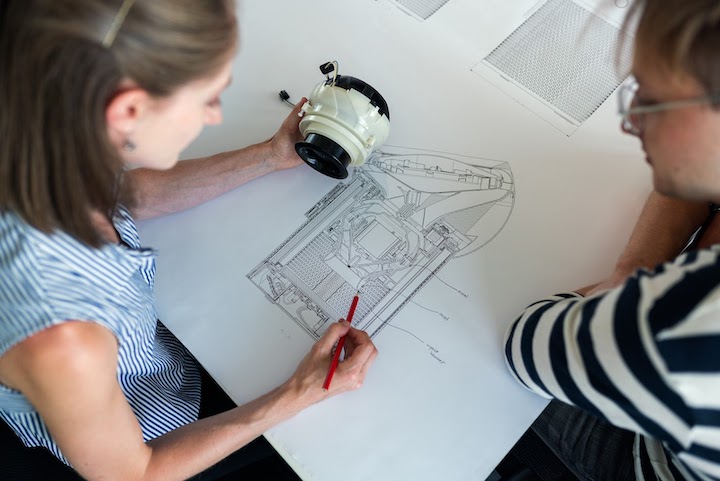
Then there’s design for manufacturability feedback (DFM), which is critical to ensure that your supplier can actually produce what you need. Some suppliers offer limited DFM analysis and little or no guidance on improving designs — either because they lack the technical knowledge required to do so or the supplier has no incentive to help improve your design or find cost savings opportunities. The supplier’s main incentive is to reduce their own costs and process as many jobs as quickly as possible, so helping your project succeed isn’t always among their top priorities. And even those who do provide DFM feedback usually won’t until after you’ve placed the order, and via the inefficient and haphazard process of emailing documents back and forth.
The Digital Manufacturing Difference
On the other hand, quoting and DFM feedback with a digital manufacturer can be instantaneous. Once you upload your designs and select your manufacturing configuration, you get an online quote and preliminary DFM — and if you adjust production speed or location, the price updates automatically. At Fictiv, you can choose between 3 lead time options for both domestic and overseas suppliers on the platform, so you can really fine-tune the balance between speed and cost.
Production and Quality Control
With a traditional supplier, once you’ve selected your supplier and placed your order, production begins. However, unforeseen issues — like sourcing raw materials — are not uncommon, which delays machining and lengthens lead times. That places you (assuming you need to move as quickly as possible) in a bind and means more time spent communicating with the supplier to stay abreast of the production schedule and keep things moving. Some issues may even force you to change your design and materials — and with traditional suppliers, an engineering change order (ECO) is expensive.
And when it comes to part inspections and quality control, in a traditional model, it’s difficult to align with your suppliers on what to inspect and how to inspect it. Because inspections are time-consuming, suppliers generally will push for simpler specs, looser tolerances, and smaller sample sizes. Also, many suppliers have poor quality control due to inadequate equipment and expertise.

Unlike traditional methods, digital manufacturers are well-equipped to handle production issues because they have a range of manufacturing partners in a variety of geographic locations — so localized disruptions are easily navigated. And at Fictiv, every manufacturing partner in our network is carefully vetted and our universal quality management system includes our own quality control and assurance personnel on the ground. Our manufacturing engineers and project managers are meticulous about getting designs dialed in for manufacturing with requirements clearly communicated upfront to prevent many issues.
Shipping and Post-Delivery Issues
After production comes shipping and delivery of your parts. If you’re working with traditional suppliers overseas, that means navigating customs and customs delays. Sometimes, this will mean you’ll have to find your own courier/freight forwarder to get your parts!
And even after all that, you will inevitably have to deal with defects that will need a return merchandise authorization (RMA) — and the RMA process is usually a tortuous one that has the potential to derail your project’s timeline. In a traditional model, you’ll have already paid for the merchandise, which reduces the vendor’s incentive to make things right. Plus, there is likely to be a dispute as to who is responsible for the defect(s). And even if the supplier agrees to make good, doing so will be a low priority for them (because they already have your money). Meanwhile, you’re pulling your hair out trying to get the supplier to move with the same sense of urgency that you have.
The Digital Manufacturing Difference
When working with a digital manufacturer like Fictiv, shipping, and customs issues are handled for you, and you receive updates throughout the process so you can track your order. And, you have the benefit of a customer success team working to manage any shipping or post-delivery issues to ensure that you get quality parts on time and in full (OTIF).
If there’s an OTIF failure, we work with our manufacturing partner closely to provide an RMA solution — and our manufacturing partner scoring system incentivizes them to make it right. The better OTIF record the manufacturing partner is able to maintain, the more jobs will be awarded to them. Plus, Fictiv has made millions of parts, and we leverage machine learning to analyze our production data and preemptively help manufacturing partners in our network mitigate risks and resolve issues quickly.
Vendor Management and Maintenance
Managing a large number of suppliers in a traditional setup is a resource-intensive effort that requires highly skilled employees and expensive, complex software. And it’s not only that there are many suppliers to manage, but also that the ways of doing business can vary greatly from supplier to supplier.

Much of the effort required revolves around communication, especially for overseas suppliers. You’ve got to navigate time zone differences, language barriers, and cultural differences with every vendor. And managing vendors abroad is particularly expensive since you’ll need to make regular on-site visits. Regardless of their locations, you’ll need to hire people to provide training and support, manage all of the paperwork involved, and oversee quality control.
And, managing suppliers’ performance is difficult — in part because you aren’t overseeing production directly, but also because you have little leverage to drive continuous improvement. Whether you want lower costs, higher quality parts, or shorter lead times, you aren’t likely to change the way your suppliers operate.
The traditional model also poses several risks, no matter how well you manage your suppliers. Chief among these is the strategy to rely on a single source for any of your parts. It only takes one disruption — whether caused by geopolitical issues, tariffs, or a surge in freight costs — to stop or slow shipments and cripple your supply chain. Plus, traditional manufacturers often aren’t equipped to safeguard valuable design intellectual property (IP) from cyber criminals.
The Digital Manufacturing Difference
Digital manufacturers utilize technology to facilitate fast and simple communication between customers, the digital manufacturer, and the production partners. And that technology is built to connect a network of suppliers, so redundancy is baked in whether you’re CNC machining, 3D printing, or injection molding your parts.
This setup makes it relatively easy to move work amongst the production nodes if a disruption has shut down production in some of them. And the labor required to do so happens behind the scenes and is handled by the digital manufacturer. As a natively digital company, Fictiv also employs robust security protocols and systems built to safeguard customers’ design IP.
Fictiv: Digital Manufacturing Made Simple
You can develop your own global network of suppliers to strengthen your supply chain and increase its resiliency, but it’s simpler to leverage Fictiv’s manufacturing network. Fictiv is your operating system for custom manufacturing that delivers even the most complex parts 2-5X faster than your average machine shop. We have a proven track record of delivering 95.4% of orders on time and to spec thanks to our network of highly-vetted partners, on-site quality engineers, and robust quality management system.
We’re experts at producing custom mechanical parts, from CNC machining to injection molding, 3D printing, and urethane casting. Create an account and upload your design today to see what our instant quote process, DFM feedback, and intelligent platform can do for you.










